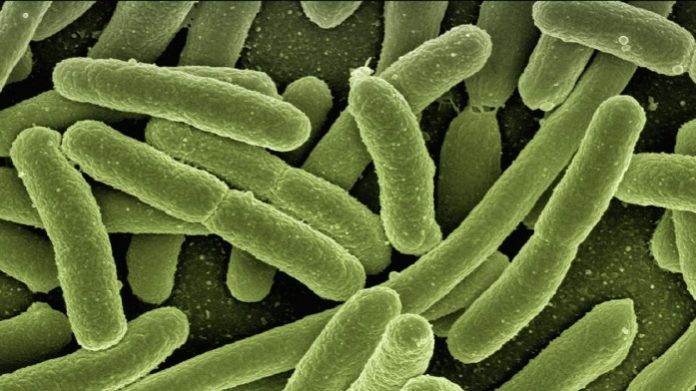Usually, when we go to the hospital or the clinic, it’s because we’re sick and want to get better. But unfortunately, hospital-acquired infections (HAIs) are becoming increasingly common. More than 200,000 Canadians suffer from HAIs each year, resulting in about 8,000 deaths.
Now, a group of Canadian researchers has discovered a new way to fight HAIs by using microorganisms’ own recycling systems against them.
After initial infection, bacteria and other microorganisms sometimes band together into a biofilm – a slimy mass of cells coated in a mucousy membrane material that acts as a shield against common treatments such as antibiotics. Biofilms often form on surgical sites or hospital tools like catheters and, once assembled, are notoriously difficult to get rid of.
The research team, led by Professor Lynne Howell from the Hospital for Sick Children and Professor Donald Sheppard from the McGill University Health Centre, discovered that the same protein used to break down the biofilm’s mucousy coating during the bacteria’s usual recycling programs could be used to render the infection more susceptible to treatment. Bacterial biofilms treated with this protein were responsive to antibiotics to which they were previously resistant.
Especially exciting is the fact that fungal biofilms also responded to the treatment. Fungal and bacterial biofilms have different recipes – the main ingredients, namely long sugar chains, DNA, and proteins, remain the same, but their ratios and specific types differ – so it’s very unusual for one drug to treat both bacterial and fungal infections.
By mapping out the recycling pathways of each bacterial biofilm ingredient, the research team identified the proteins that controlled this continuous turnover. They then zeroed in on the specific proteins that break apart the long sugar chains as the most likely to work on both bacteria and fungi, because even though the sugar polymers themselves are different, they’re composed of the same units. To their delight, there was cross-species reactivity. The team showed that healthy human cells fought off infections by common hospital fungi when these sugar-busing bacterial proteins were applied.
Furthermore, these proteins worked well in concert with antibiotic treatment. Using them in this combination strategy improved the effect of certain antibiotics that couldn’t penetrate the tough bacterial and fungal biofilm coatings on their own.
By showing minimal side effects, and compatibility with antibiotics, this work provides an effective strategy to tackle HAIs. The cross-animal kingdom activity is also a unique advantage, showing off the potential of proteins as a therapeutic approach.








































